Silage harvesting in Irish conditions, whether for pit silage or bales, is a power-demanding operation, as contractors aim to harvest crops in an ever-tightening window of operation dictated by farmer demand and grass-growing conditions.
Energy is one cost that has been shown to spiral in times of high inflation and rarely returns to the cost of pre-inflationary times.
We need to look at the overall picture of energy use in agriculture, from the production of the machines to the field harvesting to understand why the current high levels of energy inflation are impacting on field operation costs.
Energy costs are most identifiable in terms of the cost of agricultural diesel. In a sense, that’s the easy part of the cost equation. It has become the most unpredictable and fuel cost is outside the control of the silage contractor.
Many contractors faced fuel cost increases of more than 60% in 2022 compared with 2021.
While fuel costs have stabilised in recent weeks, we cannot predict what the fuel market will be like as we face into the busy silage harvesting seasons when harvesting teams of machines will be consuming in excess of 3,000 litres per day. Add a wet harvesting season to the equation and the amount of fuel used per acre will rise by at least 10%.
As an example, in 2021, one contractor purchased 189,282 litres of fuel for a cost of €136,558.41.
As a result of a drastic increase in the cost of fuel in 2022, the purchase of 173,873 litres of fuel (more than 15,000 litres less) generated a cost of €224,298.53, a staggering cost increase of €87,740 in fuel alone.
The overall fuel cost for that contractor increased by 64.21% in comparison to the same period of 2021.
This illustrates how big the impact the increase in fuel prices has on operating costs for contractor businesses, especially during peak silage harvesting.
One thing is for sure, fuel will not be less than the €0.72 per litre paid in 2021.
The carbon tax component of the fuel cost for this contractor was in excess of €20,000 in 2022. This will again increase in May 2023, while excise duty returned to agri diesel at the start of March and a further carbon tax increase will come in force on 1 May 2023.
If this agricultural contractor was registered as a farmer, that farm business would be eligible to get a tax credit of the equivalent amount of carbon tax paid.
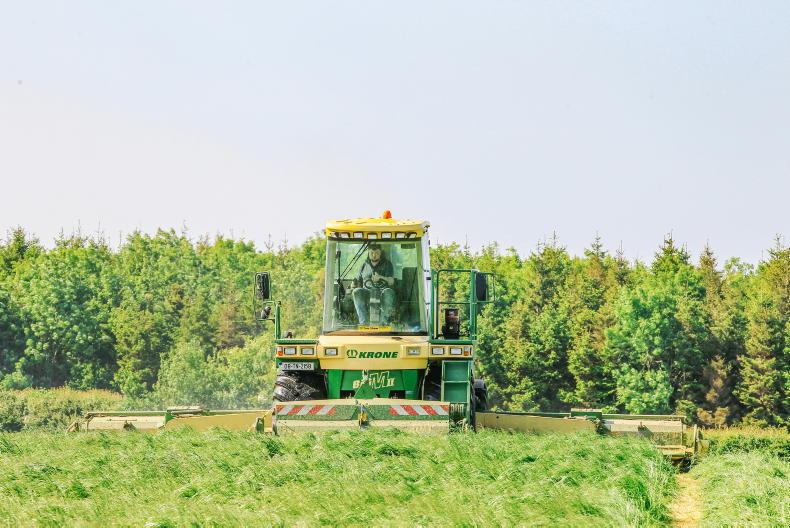
With the increased AdBlue costs, Irish contractors are now consuming more than €10m worth of AdBlue based on the sector annual consumption of more than 350m litres of diesel fuel.
The full-time agricultural contractor cannot get this benefit, distorting the market from those rural-based businesses that give employment, and collect vast amounts of VAT for the State on their services (almost €100m annually based on sector turnover of €800m and a VAT rate of 13.5%).
If the fuel cost increases were to be the only factor to dictate silage costs in 2023, they would indicate a cost increase of more than 30% over the 2021 costs. That factor alone would mean an average rate per acre of more than €160 for pit silage.
The huge hike in trebling the cost of AdBlue, is another extra cost factor that continues without any reductions into 2023.
With the increased AdBlue costs, Irish contractors are now consuming more than €10m worth of AdBlue based on the sector’s annual consumption of more than 350m litres of diesel fuel.
High machinery cost inflation
Fuel and AdBlue are not the only significant cost increases that contractors must contend with.
The increasing costs of machinery continues to impact on the sustainability of many Irish agricultural contracting businesses.
Sustained investment in new technology is vital for contractor survival and to deliver improved economic output and ongoing efficiencies that Irish farmers have come to expect.
Delivering that efficiency with new more efficient and lower-emission tractor and machine investment, comes at a significant cost.
Additional machinery, replacement parts and tyre cost increases during 2022 and now into 2023, are driving up machinery purchasing and ownership costs.
The quoted costs of a new self-propelled silage harvester for a contractor operation, have increased by more than €80,000 since 2022.
The farm machinery manufacturing industry is blaming the high costs of raw materials and energy costs in their manufacturing processes
The cost of replacement of a silage trailer has increased by almost €10,000 in one year, while loader purchase costs have also escalated by more than 20% in the past two years, to name but a few items in the contractor fleet that have been impacted by cost inflation.
Component shortages during the period of Covid-19 lockdowns were noted as reasons for machines scarcity and machine price increases, as demand remained strong.

"The average contractor tractor is now costing in the region of €1,000 per engine horsepower unit."
As the world returned to post-Covid-19 normality, the prices of purchasing new machines have continued to increase and do so by even higher levels.
The farm machinery manufacturing industry is blaming the high costs of raw materials and energy costs in their manufacturing processes.
The average contractor tractor is now costing in the region of €1,000 per engine horsepower unit. Those price increases determine machine replacement costs for the contractor.
The typical replacement costs for a contractor tractor, working 2,000 engine hours per year, are now in the region of between €15 and €20 per operating hour. That converts to a replacement cost of between €30,000 and €40,000 in one year.
Call that depreciation or not, this is still now a most significant cost for the agricultural contractor.
Convert that depreciation to the field operating cost for silage harvesting and that equates to €100 per hour in replacement cost alone for a fleet of five tractors, including the mowing tractor.
Baling is not immune from cost inflation
Combination baler/wrapper costs have now crossed the €100,000 price barrier, so agricultural contractors are now feeling the increased ownership cost pressures.
Add the increases in plastic costs and the additional depreciation costs associated with operation of a large tractor in front and mowing costs in many cases, so increased baling and wrapping charges are simply inevitable.
Increasing interest rates
Increasing bank interest rates are now also impacting on the affordability of larger machines used in agricultural contractor fleets.
Interest rates on farm machinery purchases have increased from 4% to almost 8% in the past year, a factor that many agricultural contractors had not factored into their 2023 costings.
Changes in financial arrangements where some finance companies cannot continue to offer contractor VAT exemption on lease payments to non-Irish finance companies, will also impact on cashflow within the agricultural contractor sector.
Lease payments attract a 23% VAT rate and while most agricultural contractors are VAT registered, the fact that this was exempted from non-Irish based finance company payments, gave some small but important cashflow help in a sector that operates on low margins of profitability.
This cashflow feature is more difficult to measure in terms of the impact on the costs of silage harvesting per acre for the agricultural contractor. It is sufficient to say that it is another cost that limits ability to offer credit to farmer customers for the coming season.
Silage costs for agricultural contractors in Ireland have escalated due to the combined factors of machine inflation, fuel cost increases, higher interest rates and issues such as labour and insurance costs. Agricultural contractors have opted for increases of close to 5% per year over the past two years in their efforts to ensure the viability of their farming clients. Contractor sustainability is now on the line for 2023 as energy inflation costs have filtered through the system of machine operation and machine manufacturing.These huge cost increases are outside forces driving significant increases in quoted charges for many agricultural contractor operations in 2023.
Silage harvesting in Irish conditions, whether for pit silage or bales, is a power-demanding operation, as contractors aim to harvest crops in an ever-tightening window of operation dictated by farmer demand and grass-growing conditions.
Energy is one cost that has been shown to spiral in times of high inflation and rarely returns to the cost of pre-inflationary times.
We need to look at the overall picture of energy use in agriculture, from the production of the machines to the field harvesting to understand why the current high levels of energy inflation are impacting on field operation costs.
Energy costs are most identifiable in terms of the cost of agricultural diesel. In a sense, that’s the easy part of the cost equation. It has become the most unpredictable and fuel cost is outside the control of the silage contractor.
Many contractors faced fuel cost increases of more than 60% in 2022 compared with 2021.
While fuel costs have stabilised in recent weeks, we cannot predict what the fuel market will be like as we face into the busy silage harvesting seasons when harvesting teams of machines will be consuming in excess of 3,000 litres per day. Add a wet harvesting season to the equation and the amount of fuel used per acre will rise by at least 10%.
As an example, in 2021, one contractor purchased 189,282 litres of fuel for a cost of €136,558.41.
As a result of a drastic increase in the cost of fuel in 2022, the purchase of 173,873 litres of fuel (more than 15,000 litres less) generated a cost of €224,298.53, a staggering cost increase of €87,740 in fuel alone.
The overall fuel cost for that contractor increased by 64.21% in comparison to the same period of 2021.
This illustrates how big the impact the increase in fuel prices has on operating costs for contractor businesses, especially during peak silage harvesting.
One thing is for sure, fuel will not be less than the €0.72 per litre paid in 2021.
The carbon tax component of the fuel cost for this contractor was in excess of €20,000 in 2022. This will again increase in May 2023, while excise duty returned to agri diesel at the start of March and a further carbon tax increase will come in force on 1 May 2023.
If this agricultural contractor was registered as a farmer, that farm business would be eligible to get a tax credit of the equivalent amount of carbon tax paid.

With the increased AdBlue costs, Irish contractors are now consuming more than €10m worth of AdBlue based on the sector annual consumption of more than 350m litres of diesel fuel.
The full-time agricultural contractor cannot get this benefit, distorting the market from those rural-based businesses that give employment, and collect vast amounts of VAT for the State on their services (almost €100m annually based on sector turnover of €800m and a VAT rate of 13.5%).
If the fuel cost increases were to be the only factor to dictate silage costs in 2023, they would indicate a cost increase of more than 30% over the 2021 costs. That factor alone would mean an average rate per acre of more than €160 for pit silage.
The huge hike in trebling the cost of AdBlue, is another extra cost factor that continues without any reductions into 2023.
With the increased AdBlue costs, Irish contractors are now consuming more than €10m worth of AdBlue based on the sector’s annual consumption of more than 350m litres of diesel fuel.
High machinery cost inflation
Fuel and AdBlue are not the only significant cost increases that contractors must contend with.
The increasing costs of machinery continues to impact on the sustainability of many Irish agricultural contracting businesses.
Sustained investment in new technology is vital for contractor survival and to deliver improved economic output and ongoing efficiencies that Irish farmers have come to expect.
Delivering that efficiency with new more efficient and lower-emission tractor and machine investment, comes at a significant cost.
Additional machinery, replacement parts and tyre cost increases during 2022 and now into 2023, are driving up machinery purchasing and ownership costs.
The quoted costs of a new self-propelled silage harvester for a contractor operation, have increased by more than €80,000 since 2022.
The farm machinery manufacturing industry is blaming the high costs of raw materials and energy costs in their manufacturing processes
The cost of replacement of a silage trailer has increased by almost €10,000 in one year, while loader purchase costs have also escalated by more than 20% in the past two years, to name but a few items in the contractor fleet that have been impacted by cost inflation.
Component shortages during the period of Covid-19 lockdowns were noted as reasons for machines scarcity and machine price increases, as demand remained strong.

"The average contractor tractor is now costing in the region of €1,000 per engine horsepower unit."
As the world returned to post-Covid-19 normality, the prices of purchasing new machines have continued to increase and do so by even higher levels.
The farm machinery manufacturing industry is blaming the high costs of raw materials and energy costs in their manufacturing processes.
The average contractor tractor is now costing in the region of €1,000 per engine horsepower unit. Those price increases determine machine replacement costs for the contractor.
The typical replacement costs for a contractor tractor, working 2,000 engine hours per year, are now in the region of between €15 and €20 per operating hour. That converts to a replacement cost of between €30,000 and €40,000 in one year.
Call that depreciation or not, this is still now a most significant cost for the agricultural contractor.
Convert that depreciation to the field operating cost for silage harvesting and that equates to €100 per hour in replacement cost alone for a fleet of five tractors, including the mowing tractor.
Baling is not immune from cost inflation
Combination baler/wrapper costs have now crossed the €100,000 price barrier, so agricultural contractors are now feeling the increased ownership cost pressures.
Add the increases in plastic costs and the additional depreciation costs associated with operation of a large tractor in front and mowing costs in many cases, so increased baling and wrapping charges are simply inevitable.
Increasing interest rates
Increasing bank interest rates are now also impacting on the affordability of larger machines used in agricultural contractor fleets.
Interest rates on farm machinery purchases have increased from 4% to almost 8% in the past year, a factor that many agricultural contractors had not factored into their 2023 costings.
Changes in financial arrangements where some finance companies cannot continue to offer contractor VAT exemption on lease payments to non-Irish finance companies, will also impact on cashflow within the agricultural contractor sector.
Lease payments attract a 23% VAT rate and while most agricultural contractors are VAT registered, the fact that this was exempted from non-Irish based finance company payments, gave some small but important cashflow help in a sector that operates on low margins of profitability.
This cashflow feature is more difficult to measure in terms of the impact on the costs of silage harvesting per acre for the agricultural contractor. It is sufficient to say that it is another cost that limits ability to offer credit to farmer customers for the coming season.
Silage costs for agricultural contractors in Ireland have escalated due to the combined factors of machine inflation, fuel cost increases, higher interest rates and issues such as labour and insurance costs. Agricultural contractors have opted for increases of close to 5% per year over the past two years in their efforts to ensure the viability of their farming clients. Contractor sustainability is now on the line for 2023 as energy inflation costs have filtered through the system of machine operation and machine manufacturing.These huge cost increases are outside forces driving significant increases in quoted charges for many agricultural contractor operations in 2023. 






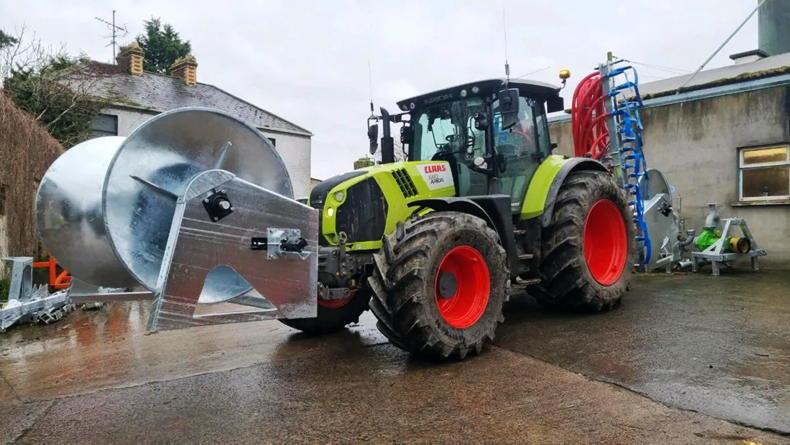
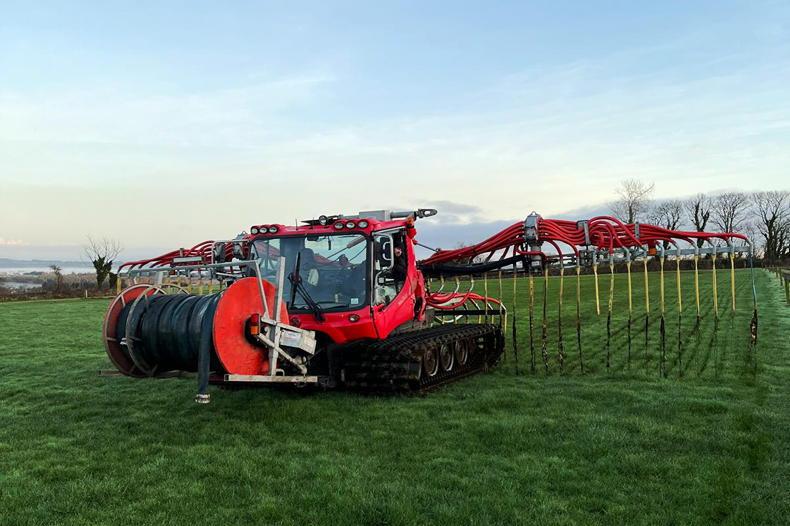
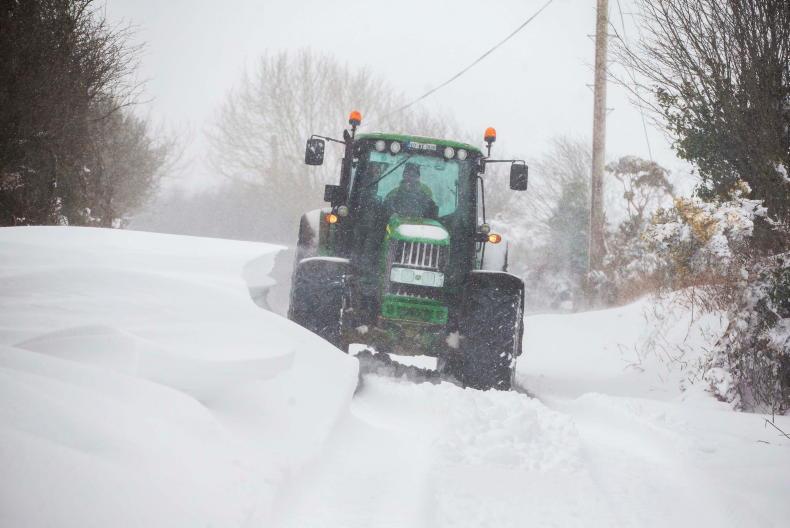
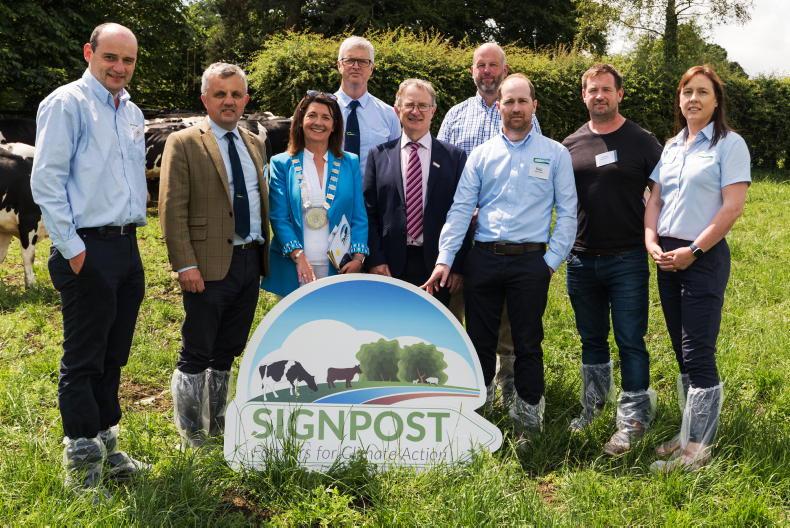
SHARING OPTIONS